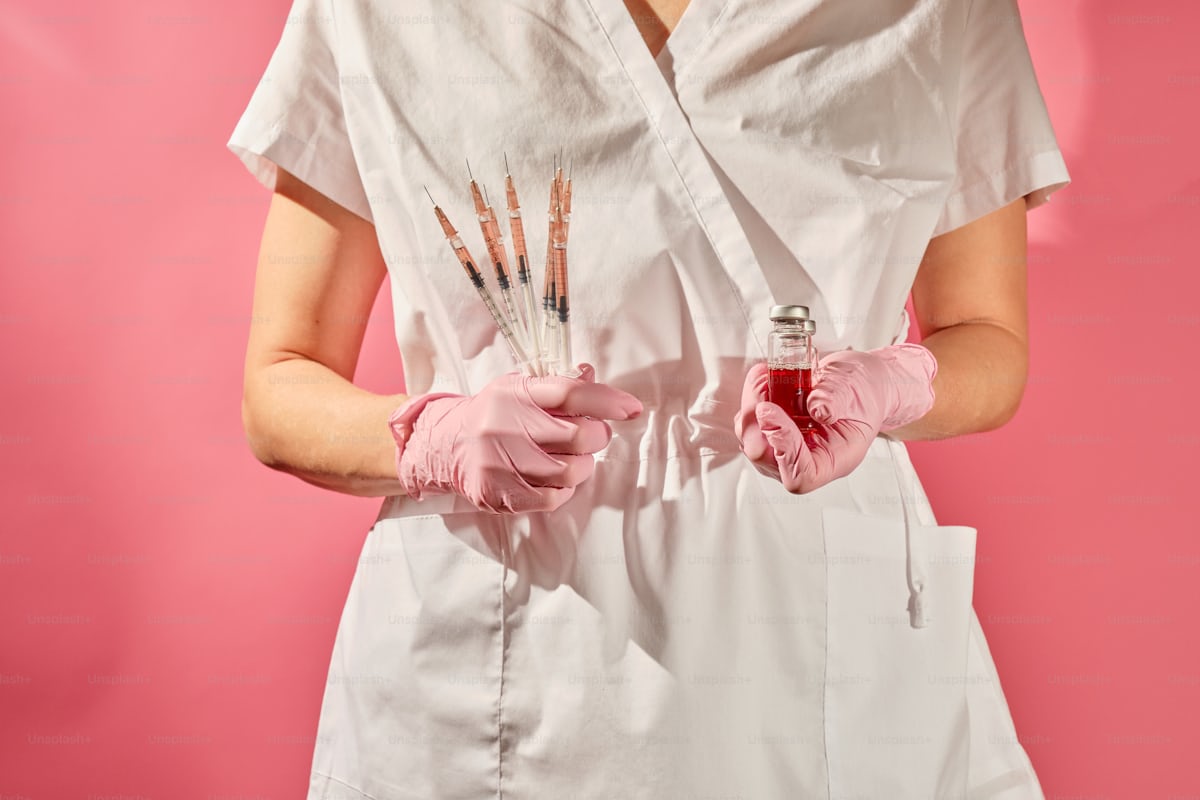Introduction: Understanding the Challenge of Blood Stains
Blood stains are among the toughest to remove due to the proteins and iron content in blood that bond strongly with fabric fibers, especially when exposed to heat. These organic stains set quickly if not treated properly. This guide provides a comprehensive step-by-step approach on how to effectively remove fresh and dried blood from various fabrics using household items and commercial products, with attention to fabric type and stain severity.
Why Use Cold Water First?
The very first action when encountering a blood stain is to rinse it under cold water. Cold water breaks down and flushes away blood proteins without setting the stain deeper into the fabric. Using hot or warm water initially risks “cooking” the proteins, causing the stain to bond more firmly with fabric fibers, making it nearly impossible to remove later. Always work from the back of the stain to push the blood out of the fabric rather than spreading it further.
Removing Fresh Blood Stains: Step-by-Step
Fresh blood stains respond best to quick action:
- Rinse with Cold Water: Hold the stained fabric under cold running water to wash out as much blood as possible.
- Soak in Salt Water: Prepare a solution with one to two tablespoons of salt per litre of cold water and soak the garment for several hours. Salt helps to break down the blood cells and lift the stains.
- Pre-Treat with Laundry Detergent: Apply a small amount of enzyme-based detergent directly on the stain and gently rub it in to break down protein-based stains.
- Machine Wash in Cold Water: Wash with a biological detergent designed to work in cold water settings to maximize stain removal efficiency.
- Air Dry: Never put stained clothes in the dryer until you’re sure the stain is gone, as heat can permanently set any remaining blood.
Tackling Dried Blood Stains
Dried blood stains are more stubborn and need stronger treatment:
- Pre-Soak: Mix cold water with enzyme detergent or oxygen-based stain removers and allow the garment to soak overnight.
- Bar Soap Scrubbing: Rub bar soap gently on the stain and rinse with cold water.
- Hydrogen Peroxide: For white or light-coloured fabric, carefully apply 3% hydrogen peroxide directly on the stain, which bubbles and lifts blood out but may bleach darker fabrics.
- Baking Soda Paste: Create a paste of baking soda and cold water; apply to the stain and let sit for 30 minutes before washing.
Repeat treatments as necessary until the stain is fully removed before drying.
Household and Commercial Products for Blood Stain Removal
| Product | Usage Tips | Suitable For | Precautions |
| Salt water soak | Soak for several hours | Fresh blood stains | Use cold water only |
| Enzyme-based detergents | Pre-treat and wash in cold water | Organic protein stains | Avoid on delicate fabrics |
| Baking soda paste | Apply for 30 mins then wash | Set-in blood on darker fabric | Test on inconspicuous area |
| Hydrogen peroxide (3%) | Dab on stain, let bubble | Whites and light fabrics | Avoid on coloured fabrics |
| Laundry pre-treat gels | Apply directly, let sit 5-10 mins | General stain removal | Follow package guidance |
| Oxygen bleach (non-chlorine) | Soak in diluted solution | Stubborn stains, colourfast | Not suitable for wool/silk |
Tips to Avoid Blood Stain Setting
- Act quickly to rinse and treat stains.
- Avoid rubbing aggressively; blot instead.
- Use cold water throughout initial treatment.
- Check garment labels and test stain removers on hidden areas.
- Avoid heat drying until stain removal is complete.
Special Cases: Removing Blood from Delicate Fabrics and Bedding
- For delicate fabrics like silk or wool, carefully rub detergent into the stain and wash by hand in cold water.
- For bedding, soaking in cold water immediately followed by enzymatic detergent wash improves removals.
- Use gentle, fabric-safe stain removers to prevent damage.
Conclusion
Blood stains do not have to be permanent if treated with the right techniques using cold water rinses, salt soaks, enzymatic detergents, and appropriate stain removers. Patience and repeated treatments may be necessary for dried blood, but a consistent approach prevents costly garment damage or loss. This guide equips readers with practical knowledge and product options, empowering successful stain removal at home.


